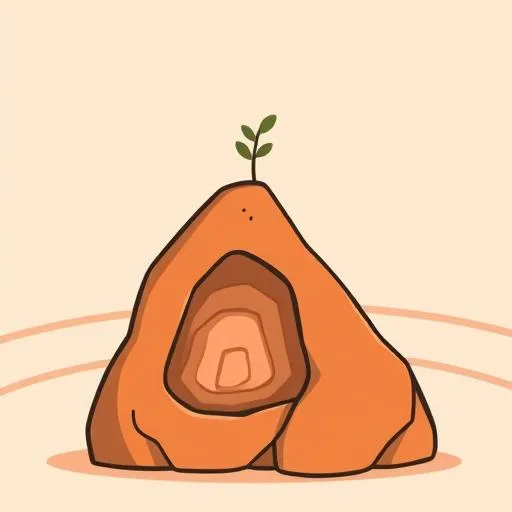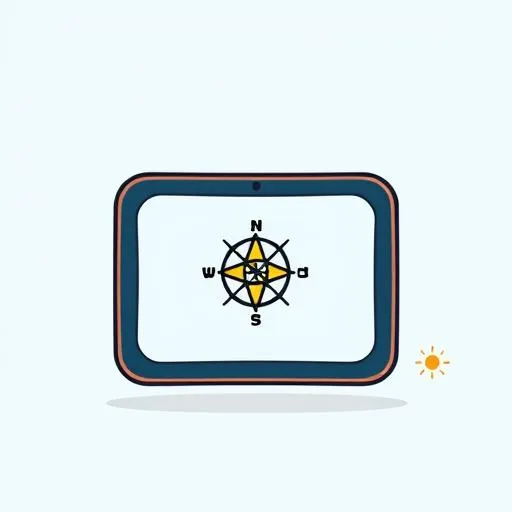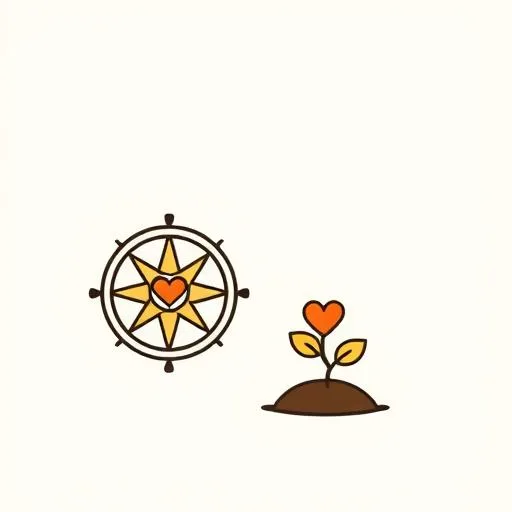
Walking through the park today, with that perfect, clear September sky overhead, I saw my daughter completely fascinated by a simple, jagged rock. She turned it over and over, her little fingers tracing its edges. It made me think about all the layers of our world we can’t see. And then, suddenly I read about the U.S. Geological Survey releasing a new national geologic map, and it just clicked. We’re living in an age where we’re getting these incredible new maps to understand the world, not just on the surface, but deep down. And isn’t that exactly what we’re trying to do as parents? Understand the incredible, complex, wonderful layers that make up our kids?
How Can Geologic Maps Spark Family Curiosity?

This new map from the USGS is absolutely mind-blowing! It’s not just any old map; it’s a digital, interactive atlas that pieces together over 100 different maps to show us the very bones of the earth beneath our feet. Think about that! It’s like having X-ray vision for the planet. For a kid who loves digging for treasure (or just interesting rocks), this is pure magic. It’s a vivid reminder that there’s always more to discover than what we see on the surface. That’s such a powerful lesson, isn’t it? It’s a lesson in curiosity, in asking, “What’s underneath this?”
What really fired me up was learning how they made it. Using new, mostly automated methods, they created this continental-scale map in just three years—a task that would have taken decades before. And get this: a study found that the value of these maps is up to ten times the cost of making them! (USGS News). That’s an unbelievable return on investment! It’s a perfect parallel for parenting. The time and energy we pour into nurturing our kids’ curiosity—into giving them the tools to explore their world—pays back in ways we can’t even imagine. We’re equipping them to see the world not as a flat picture, but as a rich, layered, and endlessly fascinating place.
What Tech Tools Help Families Explore Together?

So if this incredible map is our treasure chart, what are the tools we use for the expedition? That’s where the other pieces of today’s news just light up the path. You see things like IFA Berlin 2025, a massive tech showcase, and it’s not just about gadgets for techies anymore. They’re highlighting how technology is weaving into every part of life, with “fun for the whole family.” It’s becoming part of our home, our play, our creativity. These aren’t just cold, distant concepts; they are becoming the friendly tools in our family toolkit.
Then you look at what’s happening at places like OpenAI. They’re building systems that are getting better and better at reasoning and solving complex problems. It’s easy to hear that and think it’s way over our heads, but let’s bring it down to our level. Imagine having a brainstorming buddy that can help you and your child invent a wild story about a journey to the Earth’s core, inspired by that very geologic map. Or a helper that can explain why some rocks are sparkly and others are smooth. These emerging technologies are like a super-powered compass or a magical shovel, helping us dig deeper and connect ideas in ways we never could before. They are instruments of discovery, ready to be wielded by curious minds.
How Do We Raise Explorers Instead of Button-Pushers?

Here’s the thing, though. Handing an explorer a map and a compass doesn’t automatically make them a great adventurer. The real magic happens in the heart and mind. Our biggest, most joyful job is to foster that spirit of exploration! It’s about encouraging our kids to ask “why” and “what if.” The USGS map is an amazing online tool, but its true power is unleashed when it inspires you to go on a walk and actually touch the rocks in your neighborhood. It’s about balance—blending the incredible power of these digital tools with the irreplaceable feeling of dirt on your hands and the sun on your face.
This is where we, as parents, become the ultimate guides. We can model how to use these tools with purpose and joy. Instead of just passive screen time, what if we made it an active “mission time”? “Okay, team, let’s use this tool to design the coolest, most fantastical underground world, and then let’s build it with our blocks!” We’re not just teaching them to use technology; we’re teaching them to use it as a springboard for their own boundless imagination and creativity. We’re raising kids who see technology not as a destination, but as a vehicle for their own amazing adventures.
What’s Your Family Blueprint for a Future of Wonder?

Let’s be real: navigating the future can feel like we’re sailing in uncharted waters. But when you connect these dots—the new ways of seeing our world, the smarter tools to help us understand it, and the timeless power of a child’s curiosity—it fills me with so much hope and excitement! We have better maps and more powerful compasses than any generation of parents before us. We are equipped to guide our little explorers through this amazing, changing world.
Our role isn’t to have all the answers. It’s to champion the questions. It’s to build a family culture where curiosity is celebrated, where trying and failing is just part of the adventure, and where kindness and connection are the true north on our compass. The goal isn’t just to prepare them for a future career, but to nurture their capacity for a life filled with wonder, discovery, and deep, meaningful connections. That’s the real treasure, and it’s a journey we get to be on together. And honestly, what could be more exciting than that?
Source: US Geologic Map, IFA 2025, OpenAI, More: Sunday ResearchBuzz, September 7, 2025, ResearchBuzz, 2025/09/07 12:01:33
